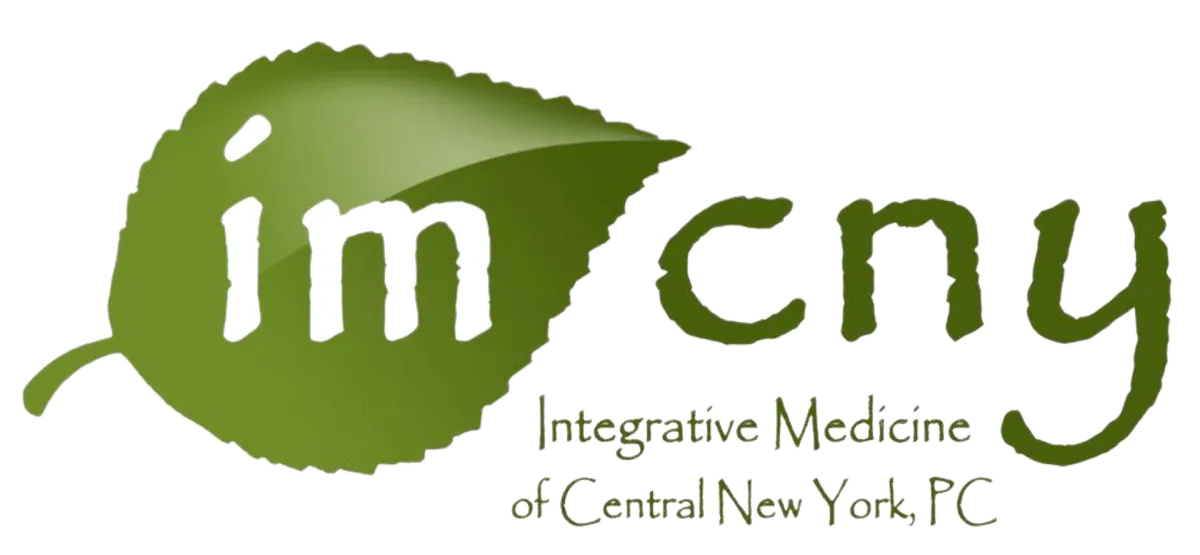Press
IM of CNY in the News

Mistletoe and Helleborus

Happy Spring! So, why would I be blogging about mistletoe this time of year? Most of us have stood “under the mistletoe” around the winter holiday season…but did you know that mistletoe can also be used medicinally, for a variety of illnesses, including cancer, any time of year? But not the red berry mistletoe you may be accustomed to; Viscum album (white-berried mistletoe, from Europe, in particular Germany) has amazing medicinal properties! Mistletoe is distinctly different from all other plants; the most striking phenomenon is that it does not grow on the ground, but on trees, and it is parasitic in that it has a stake-like feeler with which it anchors itself in the wood of its host tree. It nourishes itself directly from the host tree it has tapped into. Interestingly, it starts to take on the qualities of the type of tree it is growing in, in terms of medicinal qualities when harvested! One can find mistletoe in apple trees, birches, poplars, elms, oak trees, pine trees, firs, and others.
Mistletoe therapy came out of anthroposophical medicine, which had its origin with the Austrian spiritual scientist Rudolf Steiner (1861-1925). Mistletoe is considered an important part of a complementary system of healing, and aims to strengthen a patient’s “life forces.” Today in Germany, six out of ten patients with cancer receive mistletoe preparations in addition to conventional treatments. Clinical studies have proven that mistletoe extracts distinctly raise the quality of life of patients, giving them increased appetite and work capacity, improved sleep, greater resistance to infections, and in some patients a reduction in tumor size, and increased life-expectancy has also been observed.
An extract of mistletoe (viscum album) is produced from the mistletoe’s branches, including twigs, leaves, blossoms and berries, and a commonly used brand is called Helixor, which is made in Germany and is imported into the US. The extract is typically injected subcutaneously into the skin, or it can be given intravenously (in Germany, more commonly than in the US, it can also be injected directly into a tumor). The ingredients of viscum album, which include lectins, viscotoxins, flavonoids, polypeptides, and others, are warming in the body, and so low-grade fever, and a “hive” occurs at the injection site when given subcutaneously that allows a practitioner to estimate dosing for a particular patient. The local reaction at an injection site indicates the action of mistletoe to activate a person’s immune system, which enables killing of tumor cells and improved quality of life such as decreasing fatigue and improving the sleep-wake cycle. Viscum album works well with chemotherapy and radiation to help these to work better and also to decrease side effects from those therapies. Mistletoe has particular effectiveness in “solid tumor” cancers (ex: breast, colon, lung cancers, and others) as opposed to “liquid tumors” (ie, leukemias and lymphomas), and the company Helixor makes different types of viscum album depending on what tree the mistletoe grew in, and each type works best for certain categories of cancer (ex: Helixor M and P for breast cancer, Helixor A in lung and prostate cancer). In more aggressive or rapidly growing cancers, viscum album can be given in the vein (intravenously, IV).
For patients who have lymphomas and leukemias, a different plant extract can be used for treatment, called Helleborus niger (otherwise known as “Christmas rose” or “Winter rose”). Helleborus is used in the treatment of cancer and other chronic inflammatory diseases such as autoimmune disease and chronic Lyme disease around the world, and it is also used to alleviate anxiety. Most commonly it is used as a complement to mistletoe therapy, but can also be used by itself in circumstances where mistletoe is not tolerated (ie, in highly inflammatory conditions). Interest is growing in the application of Helleborus niger for the treatment in disorders of the central nervous system, Parkinson’s disease, dementia, post radiation and chemotherapy fatigue, endometriosis, edema, acute arthrosis (inflamed joints) and rheumatoid arthritis, as well as Kaposi’s sarcoma and respiratory infections in AIDS patients. Several case studies on anxiety towards the end of life has encouraged use of this medicine in palliative care settings as well. There is also interest in the application of helleborus for Lyme disease and central nervous system symptoms related to autistic spectrum disorders.
A common dosing regimen is to use helleborus and mistletoe therapies on alternating days. Some clinicians recommend mistletoe in the morning (to “warm”) and helleborus in the evening (to “cool”) in line with the polar qualities they manifest. It is notable that mistletoe and helleborous work well with high dose IV vitamin C (when given on separate days), medical marijuana, and low dose naltrexone (LDN).
I was grateful to have attended the mistletoe and integrative oncology conference in October, 2020 given by The Physicians’ Association for Anthropophosic Medicine (PAAM), where I learned so much about viscum album and helleborus, and I am also very grateful for Dr. Steven Johnson’s mentorship with these therapies. IM of CNY is excited to make mistletoe and helleborus available for our patients, to provide even more options for their healing journeys!
Are you searching for financing options to cover your medical treatments and procedures? Consider applying for the Advance Care Card.

Subscribe to Our
Newsletter and Updates
LOCATION
1386 State Route 5 West Suite 203
Chittenango, NY 13037
OFFICE HOURS
Monday: 8 am - 4 pm
Tuesday: 8 am - 4:30 pm
Wednesday: 8 am - 5 pm
Thursday: 8 am - 4:30 pm






